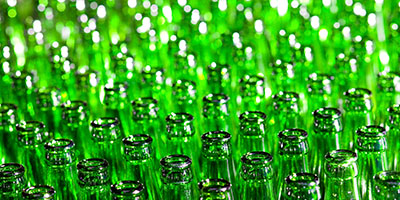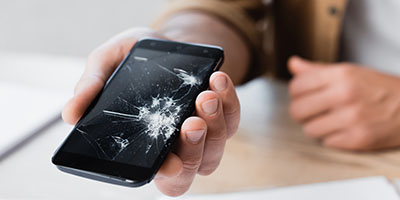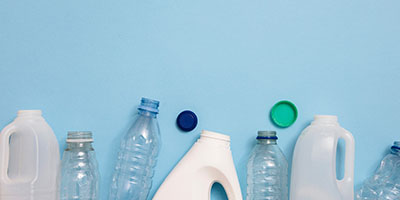Essentials Tips on How to Recycle Anything From Pizza Boxes to Styrofoam

Your Complete Guide on What and How to Recycle
Reduce, reuse and recycle! You’ve heard this phrase often throughout your life, but how do you really recycle something? And what exactly can you recycle? Are pizza boxes recyclable? What if it has grease on it? Pizza crust crumbs? Thanks to our comprehensive guide, you’ll learn what to recycle and how to do it the right way.
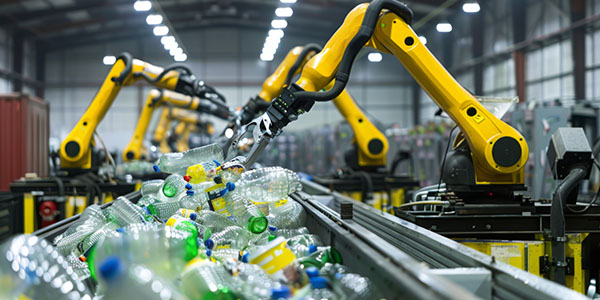
What Is Recycling and Why Should You Do It?
Recycling is the process of collecting and sorting materials to reuse. Rather than being thrown in a landfill, recyclables go to a Material Recovery Facility where items are sorted and useful materials are separated. These materials then go on to be turned into new products.
- Aluminum cans
- Car bumpers
- Carpeting
- Cereal boxes
- Comic books
- Egg cartons
- Steel products
- Glass containers
- Detergent bottles
- Motor oil
- Nails
- Newspapers
- Paper towels
- Trash bags
The U.S. celebrates America Recycles Day on November 15, thanks to the nonprofit Keep America Beautiful. In 2018, only 32% of waste in the U.S. was recycled. America Recycles Day aims to raise awareness of the importance and benefits of recycling, hoping to increase this statistic.
Why Is Recycling Important?
Recycling is important because it:
- Reduces waste at home and in landfills, decreasing the amount of pollution
- Conserves resources by taking away the need for new materials
- Provides economic benefits, such as accounting for 681,000 jobs in 2012

“Recycling is important to reduce the amount of waste sent to landfills, and it keeps materials within the circular economy. Recycling helps increase recycled content percentages in plastic products, reduces greenhouse gas emissions, and ensures materials are put to their highest and best use. Recycling and collection are two of the most important steps to achieve a truly circular economy.”
Andy Brewer, Director of Sustainability and Recycling, Plastics Industry Association
By reducing waste, reusing materials and recycling, you help your environment, community and economy.

What Happens to Recyclables?
“Paper
After you recycle paper, it is taken to an MRF where it is separated and squashed into giant cubes called bales. It is then sold to a paper mill and put into a turner (which is essentially a giant blender) mixed with water where it’s turned into a fibrous pulp. At this point, any contaminants such as staples, tape, or any materials from the recovery facility are filtered out and then the pulp is turned into new rolls of recycled paper.
Glass
Glass is sorted, separated, and crushed into a fine sand-like substance. From here it will be melted to remove impurities and turned into new glass products. Sometimes it is sold as a fine powder and used in sandbags to protect against natural disasters!
Plastic
Plastic is generally recycled by sorting the items by polymer type. Each type is individually shredded, washed and melted. The melted plastic is turned into pellets that can be remolded into new plastic products.”
Michael Karapetian, The Great Global Cleanup Coordinator, EarthDay.org
What Can You Recycle?
You can generally recycle the following materials. However, you’ll want to double check with your local municipality to see if it has any specific rules and restrictions.
What to Recycle
- Plastic bottles and containers
- Paper
- Cardboard
- Food and beverage containers
- Glass bottles and containers
- Cans
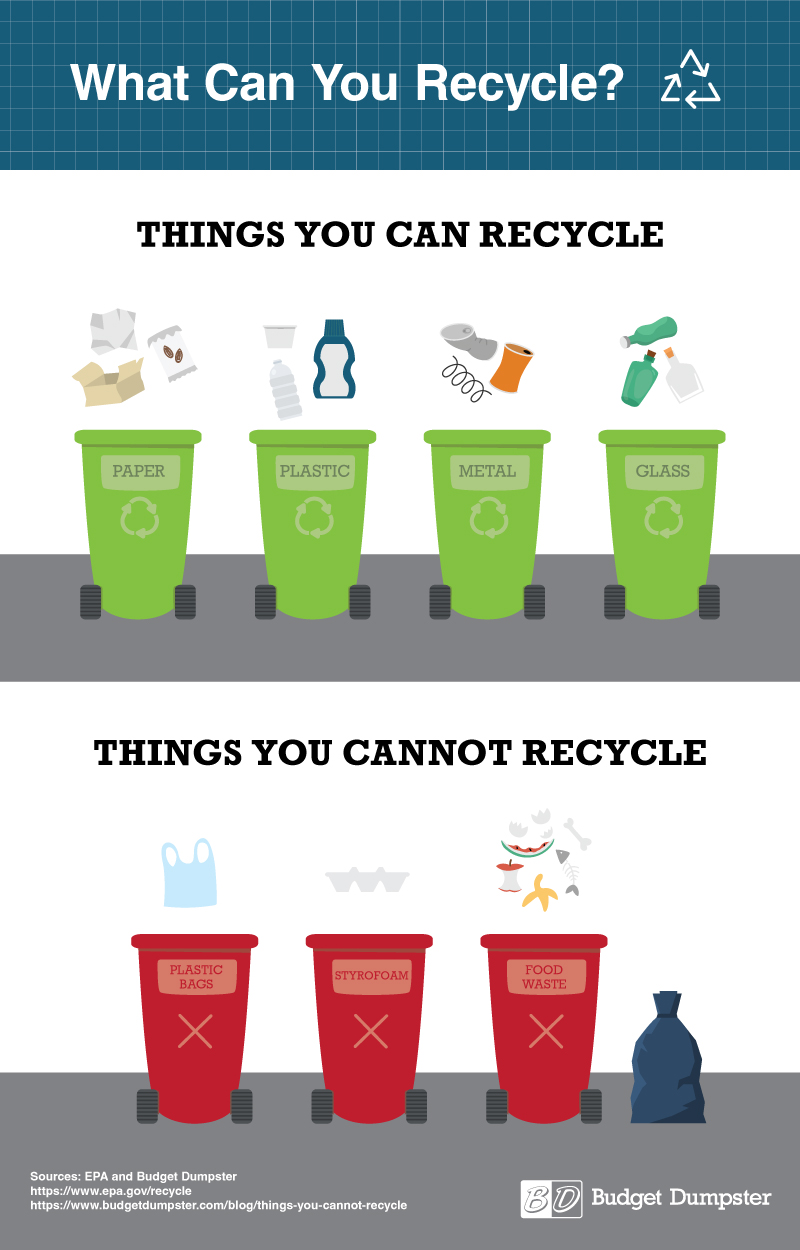

“Recycle everything you can! It is important to check what can and cannot be recycled in your local area to help create a clean stream of recycled materials. Most plastic consumer products can be recycled through curbside collection and local depot/drop-off systems. You can also check product labeling for more recycling details and tips.”
Andy Brewer, Director of Sustainability and Recycling, Plastics Industry Association
What Not to Recycle
It’s important to remember there are many things you can’t recycle, like plastic bags, flexible packaging, shredded paper and food waste. If you’re not sure if your materials are recyclable, reach out to your local municipality.

“If you're not sure, check state recycling resources for where you are or throw it away. There's a fine line between "wish-cycling" and causing contamination and issues in processing. Never recycle paper towels or paper plates.”
Megan Schulz-Fontes, Executive Director, Northeast Recycling Council
What can't be recycled?
Learn about everything that can't go in your recycling bin.
Check Before Recycling These 6 Things
1. Pizza Boxes
If you’re wondering if you can recycle pizza boxes, the answer is yes! As long as there is minimal grease and no wax paper or food still inside, you can recycle pizza boxes. To be safe, it’s best to reach out to your local recycling center before tossing your pizza box in the bin.
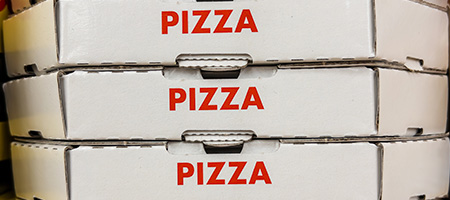
2. Light Bulbs
Most light bulbs are recyclable, but you usually can’t put them in your curbside recycling bin.
- LED bulbs may be accepted by your local recycling program, but you’ll want to double check before tossing them in your bin.
- Fluorescent bulbs, compact fluorescent light bulbs, high intensity discharge bulbs and neon lamps, contain mercury, which makes them household hazardous waste. These bulbs need to go to a specific recycling center so that the mercury isn’t released into the environment unsafely.
- Incandescent bulbs, those old-school light bulbs, can’t be recycled at all.
Each state has different regulations when it comes to light bulbs. Learn more about recycling requirements in your state here.
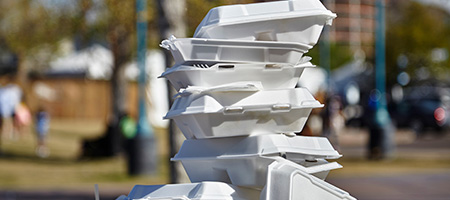
3. Plastic Foam (Styrofoam)
While the bottom of the plastic foam egg carton you picked up at the store may have a recycling symbol with the number 6 in the middle, it unfortunately does not mean you can toss it in your curbside recycling bin. Plastic foam, including Styrofoam, is made of polystyrene, a thermoplastic used in packaging as to-go cups, packing peanuts and egg cartons. But, can you recycle Styrofoam and other plastic foam products? While Styrofoam is technically recyclable, it needs to go to a foam recycling plant — not in your bin at home.
4. Old Dishes
Unfortunately, old dishes are typically not recyclable. Glassware and Pyrex used for baking have different melting points than glass bottles and jars and will contaminate your glass recycling because they won’t melt the same way. Ceramics are typically not recyclable, but you may be able to find a brick and concrete recycling center that will accept them. And if your old dishes are broken, they must go in the trash or be upcycled.
5. Bubble Wrap
Just like Styrofoam, you can recycle bubble wrap, but not in your curbside recycling bin. Bubble wrap is made from low-density polyethylene film, a thin, soft plastic. Soft plastic is considered the biggest contaminant of recycling because it tangles with other materials and jams recycling plant machinery. To recycle bubble wrap, you’ll need to take it to a recycling center that accepts soft plastics or find a bin designated for soft plastics, like at your local grocery store.
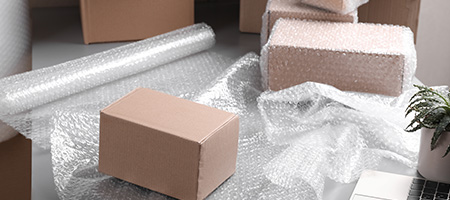
6. Hangers
Are clothes hangers recyclable? Whether they’re wire or plastic, it’s best not to toss hangers in your recycling bin. Metal hangers typically jam up machinery during the sorting process at the recycling center. And plastic hangers are usually made with polystyrene, like plastic foam, making it a hard material to recycle.
Recycling Rules to Live By
The biggest rule of recycling is to keep your recyclables separated. But why? Separating materials helps to make sure the right items go to the right recycling plant. When you mix all your recyclables together, it makes it more difficult for recycling facilities to sort materials — and they use more energy. Also, it’s important to keep your recyclables separated to avoid contamination. If you toss a glass bottle in a paper recycling bin, the glass could break and contaminate all the paper, making it no longer recyclable.
By following this recycling rule and the ones below for each specific type of recyclable, you’ll help make the recycling process easier and more efficient, which will help increase the amount of materials the U.S. recycles each year.
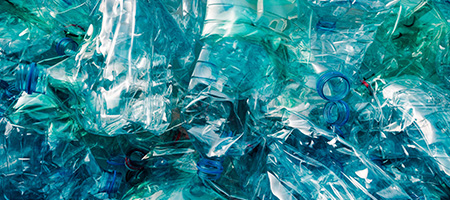
How to Recycle Plastics
Not all plastics are the same — some are bottles, some are clamshells and some have caps on top — but are they all recyclable? Most plastic containers have a number inside a recycling symbol on the bottom. These numbers are Resin Identification Codes (RIC), and they tell you what kind of plastic the container is made of.

- You can toss plastics with a 1, 2 or 5 into your curbside recycling bin.
- Plastics with a 4 should go to an outside recycling facility that takes low-density polyethylene (think plastic bags, food wraps and bubble wrap).
- Plastics with a 3, 6 or 7 can be tough to recycle, and require special care.. Reach out to your local municipality to see if they have a recycling plan for these plastics, or upcycle these plastics at home.

How Do You Recycle Plastic?
There are three simple rules everyone should follow when recycling plastic:
- Rinse
- Dry
- Replace caps
While your plastic doesn’t need to be spotless, you should rinse out your bottles and containers of as much liquid and residue as possible. Rinsing and drying your plastic helps make sure other recyclables, like paper and cardboard, aren’t contaminated by food waste or other materials. If recyclables are contaminated, then they end up going to the landfill.
And be sure to put your plastic caps back on your bottles before recycling them — they can be reused, too!
Don’t know what to do with your plastic?
Check out our creative ways to recycle and reuse plastic bottles.
How to Recycle Paper
Like plastic, there are different types of paper, and how and where you recycle them depends on what they’re made of. There are five grades of paper:
- Old newspapers
- High-grade deinked paper (like printer paper)
- Mixed paper (such as mail and magazines)
- Pulp substitutes
- Old corrugated containers (like cardboard boxes)
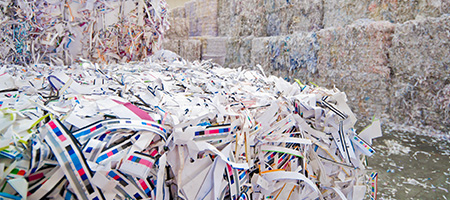
You are most likely recycling old corrugated cardboard, mixed paper or high-grade deinked paper. All of these are usually accepted in your curbside recycling program, but it’s always best to check before you toss anything.

Paper Recycling Rules
There are two major rules when recycling paper:
- Keep paper dry.
- Don’t shred — use a black marker to cover sensitive information.
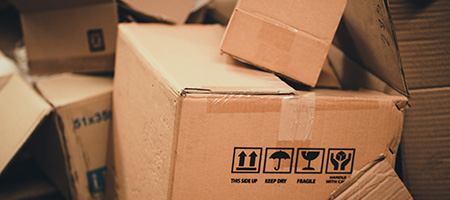
How to Recycle Cardboard
The rules for cardboard recycling are the same as paper: keep it dry and remove sensitive information with a black marker. Also, it’s best to break down your cardboard boxes before tossing them in your bin. If it’s going to rain while your recycling is on your curb, make sure to cover your recycling bin.
How to Recycle Glass
Generally, you can recycle any glass food or drink containers, following the same rules as plastic. Rinse, dry and toss — but keep the lids separate, as they’re usually made of different materials. For a more in-depth look at recycling glass, check out our Glass Recycling Guide to learn more about what you can and can’t recycle and how to reuse your glass bottles and jars.
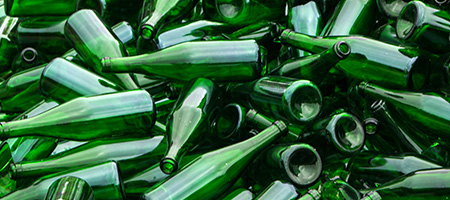

"Glass is infinitely recyclable. For every ton of glass recycled, more than one ton of natural resources is saved. Glass recycling has a direct impact on climate change. By using recycled glass in container glass manufacturing and fiberglass insulation, carbon dioxide emissions are reduced, and energy savings are realized. This is because recycled glass melts at a lower temperature than virgin materials. Further, if recycled glass is used in place of virgin materials, it is conserving natural resources. Although glass is inert, it does not belong in landfills. Glass never fully degrades. It never wears out and can be re-used endlessly."
Morgan Henderson, Senior Marketing & Communications Manager, Strategic Materials, Inc.
Reduce, Reuse, Recycle at Home
Overwhelmed with recycling rules? Consider reducing waste and reusing materials around the house.

“The best tip for recycling is to think ahead of time! When purchasing a product, it's important to consider how it will be disposed of. Think about what is accepted and not accepted in current systems, and how that product will affect your community when you are done using it.
It is also helpful to think about Zero Waste practices. Is there a way to prevent creating any waste in the first place?
A great example of this is to buy uncut fruit instead of pre-cut and already packaged produce. This will prevent unnecessary waste — and the food is usually more delicious when prepared at home!”
Michael Karapetian, The Great Global Cleanup Coordinator, EarthDay.org
Learn how to reuse k-cups, repurpose plastic bags or create a plastic bag kite. You can also buy eco-friendly products to reuse over and over, so you don’t have to think about waste at all.

